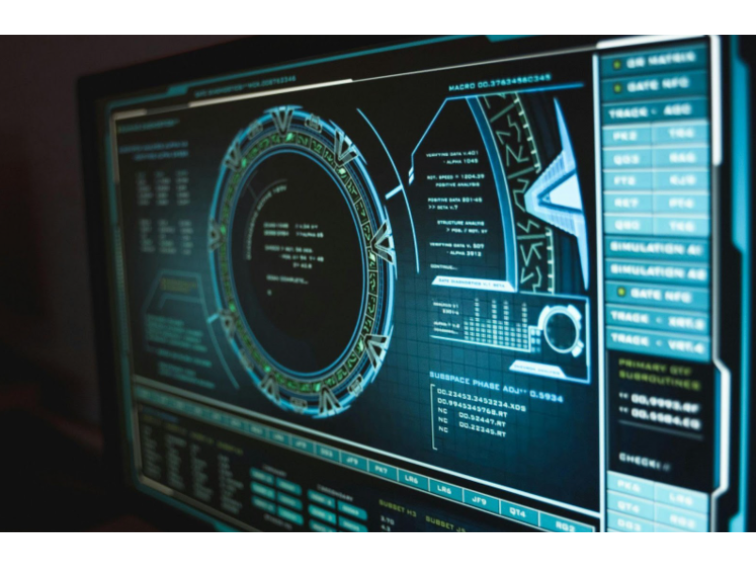What Educators Get Wrong About Career Readiness
Ask most educators if they’re preparing students for the workforce, and you’ll get a confident yes. Schools today offer career days, digital portfolios, résumé workshops, and even internship programs. But talk to employers, or recent graduates, and the answers become a little more disappointing.
Despite good intentions, the way we approach “career readiness” in education often falls short. It’s not that schools don’t care, but that the systems we use to prepare students for life after graduation are often too shallow, too scripted, and too detached from the actual demands of modern careers.
These gaps start to become apparent when you start looking beyond the checklists and into what actual readiness really involves.
The Comfort of the Checklist
When schools talk about preparing students for life after graduation, they often reach for what’s easy to measure: résumés, mock interviews, digital portfolios, and career interest surveys. These tools aren’t inherently bad. In fact, they can be helpful, but they tend to reduce something as complex as “readiness” into a series of boxes to tick.
The limitation of this approach is real and well-documented. A recent report published by the Chamber of Commerce found that only 26% of hiring managers believe high school graduates are well-prepared for the workforce. That stat should give educators pause and prompt a deeper look at what we’re actually preparing students for.
See also How A Simple Checklist Can Improve Learning
What Real Readiness Actually Looks Like
What’s missing from most career readiness programs is depth and the opportunity to wrestle with uncertainty, consider unfamiliar options, and connect learning to a larger purpose.
Instead of having students move through polished exercises that feel disconnected from the messiness and complexity of real jobs, educators should consider giving them ways to explore how careers unfold in real life and understand how people grow into roles, respond to challenges, and adapt over time.
One of the clearest examples that brings this kind of approach to life is healthcare, with its structured yet demanding career path. In medicine, career development is a long-term process built on layered training, mentorship, and hands-on experience. Doctors study science in depth, but they also learn how to apply it in unpredictable, high-stakes environments.
What’s more, they are introduced to industry-specific tools and platforms that support their development. Being able to find medical jobs and healthcare employment resources gives them a clearer picture of what a career pathway actually looks like and what it demands.
Most students, however, don’t have access to this kind of structured exposure when exploring careers. They’re often expected to research options on their own, using broad or generalized tools that don’t reflect the realities of specific fields.
Making the Shift in the Classroom
Recognizing the lack of depth in most career readiness efforts and addressing the clear disconnect between school and the working world requires taking proactive steps to shift classroom practice.
Some of the strategies that can improve long-term readiness include:
- Integrating Career-Relevant Questions Into Academic Content
If a science lesson can include real case studies, then a writing assignment might ask students to craft a professional email or personal statement. A math class can also explore how data is used in different industries, etc.
- Connecting Students to Real Professionals and Real Pathways
Whether through guest speakers, virtual interviews, or short videos, introducing students to people working in different fields, especially those in high-demand ones, can help demystify what careers actually look like and what they require.
- Encouraging Reflection on Values, Interests, and Environments
Instead of just asking “what do you want to be?” educators and counselors should shift the conversation toward “what kind of problems do you want to solve?” This may open the door to more thoughtful, values-driven career exploration.
- Using Project-Based Learning to Simulate Real-World Challenges
Educators should also consider letting their students work in groups to solve open-ended problems that reflect challenges professionals face in their work. Structure the experience like a job task, not just an academic exercise.
See also What Is Education Technology?
- Introducing Tools That Connect Learning to Real Career Paths
Show students how to explore professional opportunities in specific ways, whether through navigating job boards, analyzing industry trends, or visiting platforms where they can find job openings and employment resources tailored to specific fields.
Small shifts like these can help students see school not just as preparation for tests, but as preparation for a future they can actually imagine, and begin building right away.
Preparing Students for the Future, Not Just a Job
Ensuring that students are prepared for life beyond school requires more than helping them meet graduation requirements. It involves guiding them to develop adaptable skills, explore real-world pathways, and reflect on what matters to them.
Educators can support this by creating space for purposeful learning experiences that connect the classroom to the world students will enter. When students see their education as a tool for shaping their future, their motivation as well as their readiness is likely to grow in depth, direction, and meaning.
